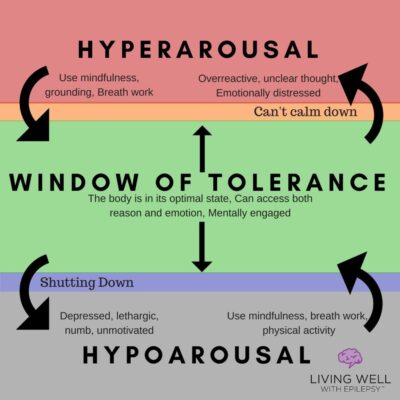 You may have heard the term “Rescue Medication”, when used in reference to Asthma, COPD, Heart Disease or Allergies. But what is a rescue medication for epilepsy?
You may have heard the term “Rescue Medication”, when used in reference to Asthma, COPD, Heart Disease or Allergies. But what is a rescue medication for epilepsy?
Rescue Medication
Generally when we think about rescue medication, we think of an asthma inhaler on the soccer field or an epi-pen for a bee sting. However, since stress, lack of sleep, and environmental factors (lights, etc), can all be seizure triggers for those with controlled and uncontrolled epilepsy, it is essential to consider the option of having a rescue medication on hand for epilepsy. Rescue medications are medicines that provide quick relief from acute symptoms like a seizure.
Is it really the same?
You may wonder if stopping a seizure has the same urgency as say, an asthma attack or an allergic reaction, the answer is yes. Left uncontrolled, seizures can bring about additional seizures, causing further damage to the brain. Therefore, time is essential when it comes to stopping a seizure. It is important to stop each seizure as quickly as possible. There should be a similar urgency to stopping a seizure as there is to stopping a stroke.
How do I know if it is a rescue medication?
Many of us take at least one medication to manage our seizures. But how can you know a rescue medication from your regular antiseizure medications? Well, rescue medicines are prescribed to be taken “as needed”. Whereas, your regular anticonvusant medications would be prescribed for daily or multiple times a day use.
What is used for rescue medication?
In epilepsy, the medications used for this purpose are called benzodiazepines. These medications get into the bloodstream fast and start working in the brain quickly.
Epilepsy Rescue Medications are available in several different forms. Your rescue medication can be:
-
- Sprayed up the nose
- Swallowed in pill form
- Placed under the tongue to dissolve
- Placed between the cheek and the gum to dissolve
- Given via a gel through the anus
Some common names for rescue medications you might hear include: Valtoco®, Diastat®, Diazepam, Ativan®, Lorazepam, Clonazepam, Nayzilam®, and Midazolam.
How do I know if it’s the right rescue medication?
When talking to your health care provider about your epilepsy, you can discuss your options for rescue medications. During this discussion you will want to consider the following:
-
- How fast will it work?
- How long will it take to recover?
- How will you take it?
- How easy is it to use?
- Who will most likely administer it?
- What are the side effects?
- How much does it cost?
Learn more about rescue medications in our series on the topic.









Leave a Reply